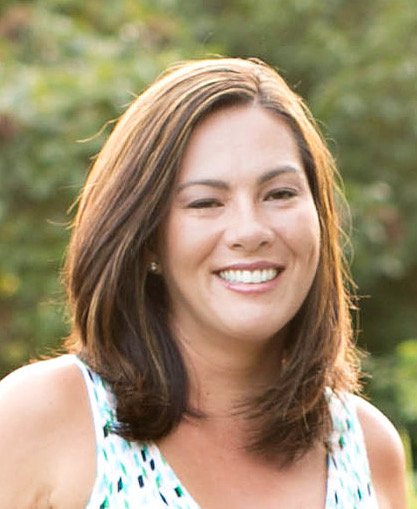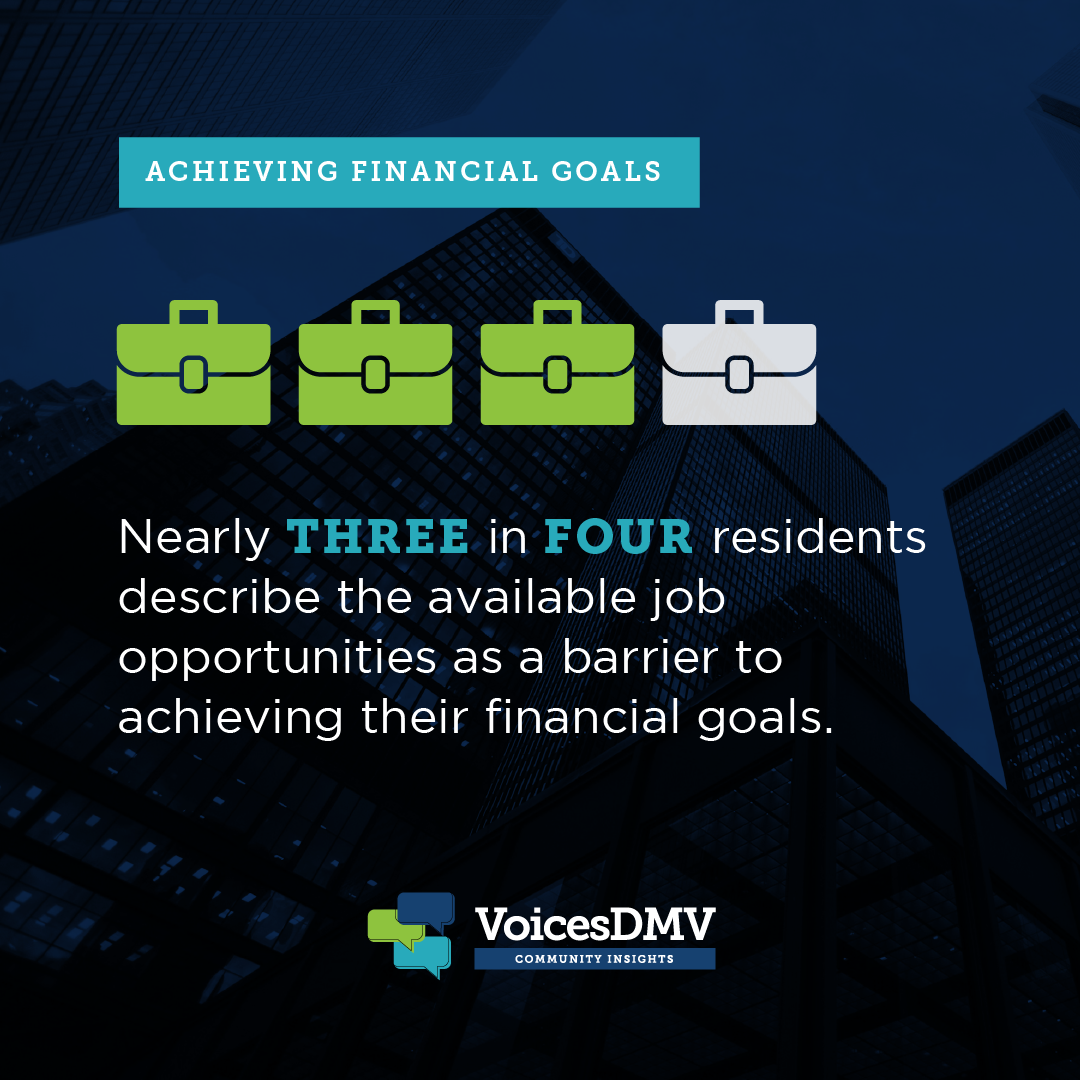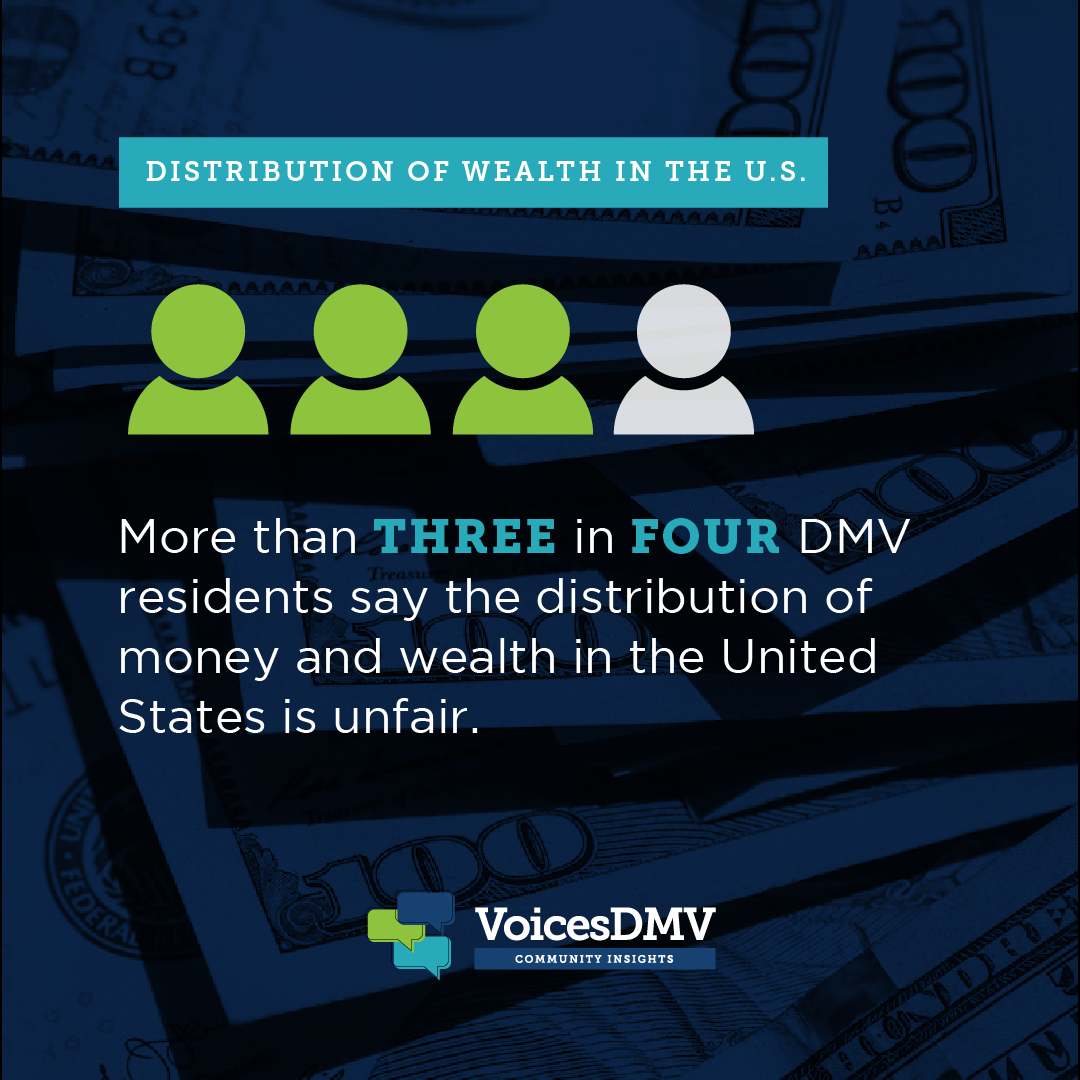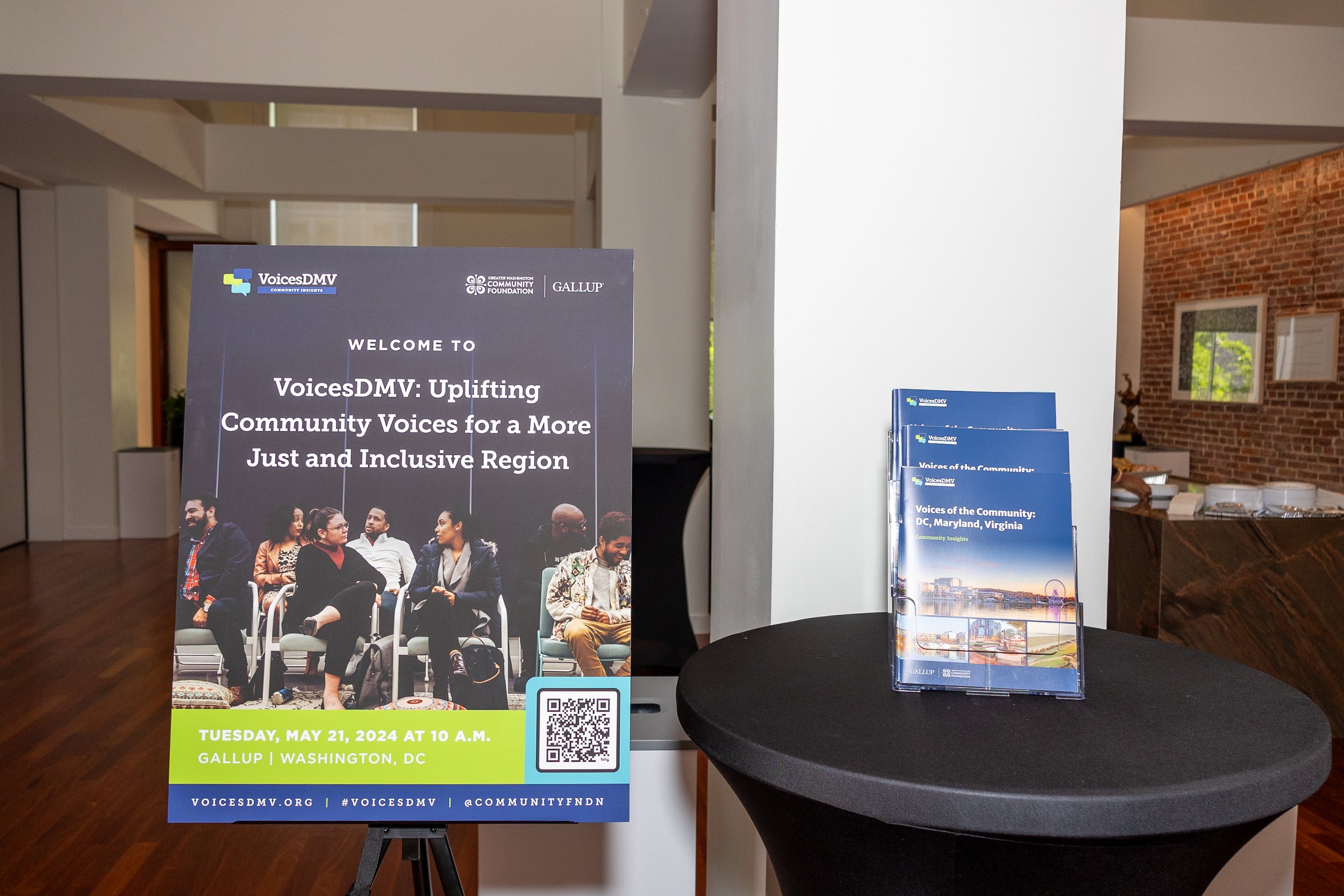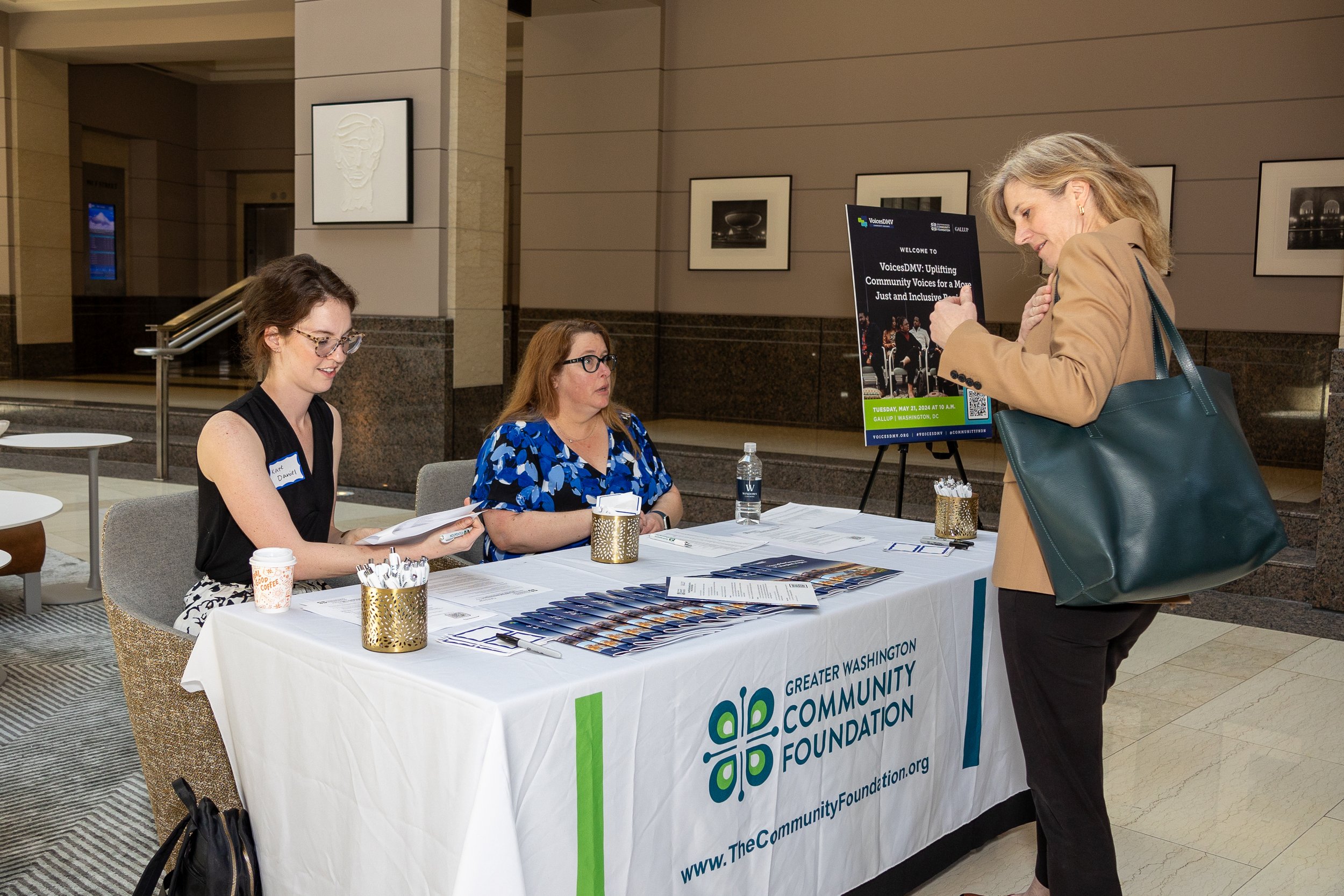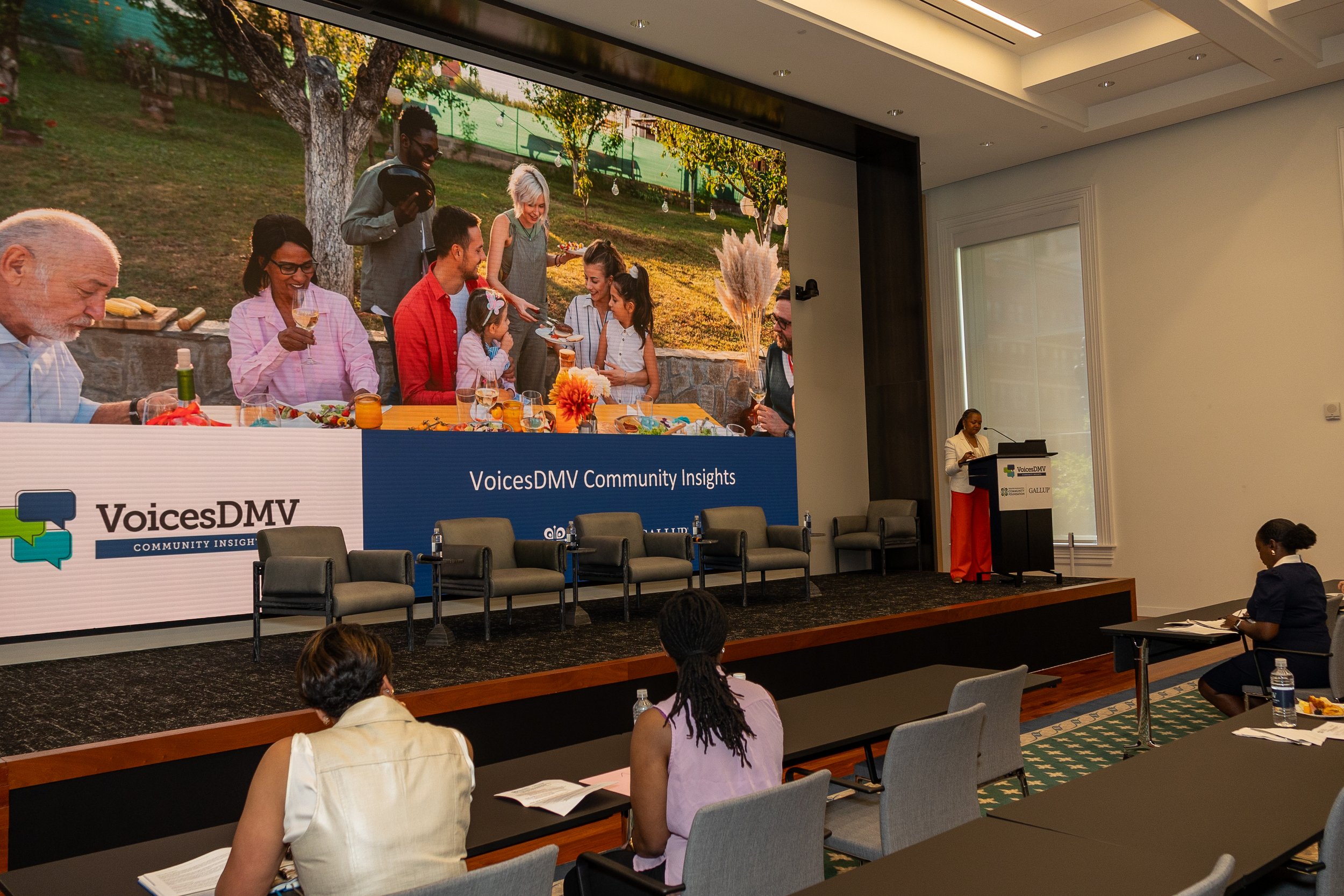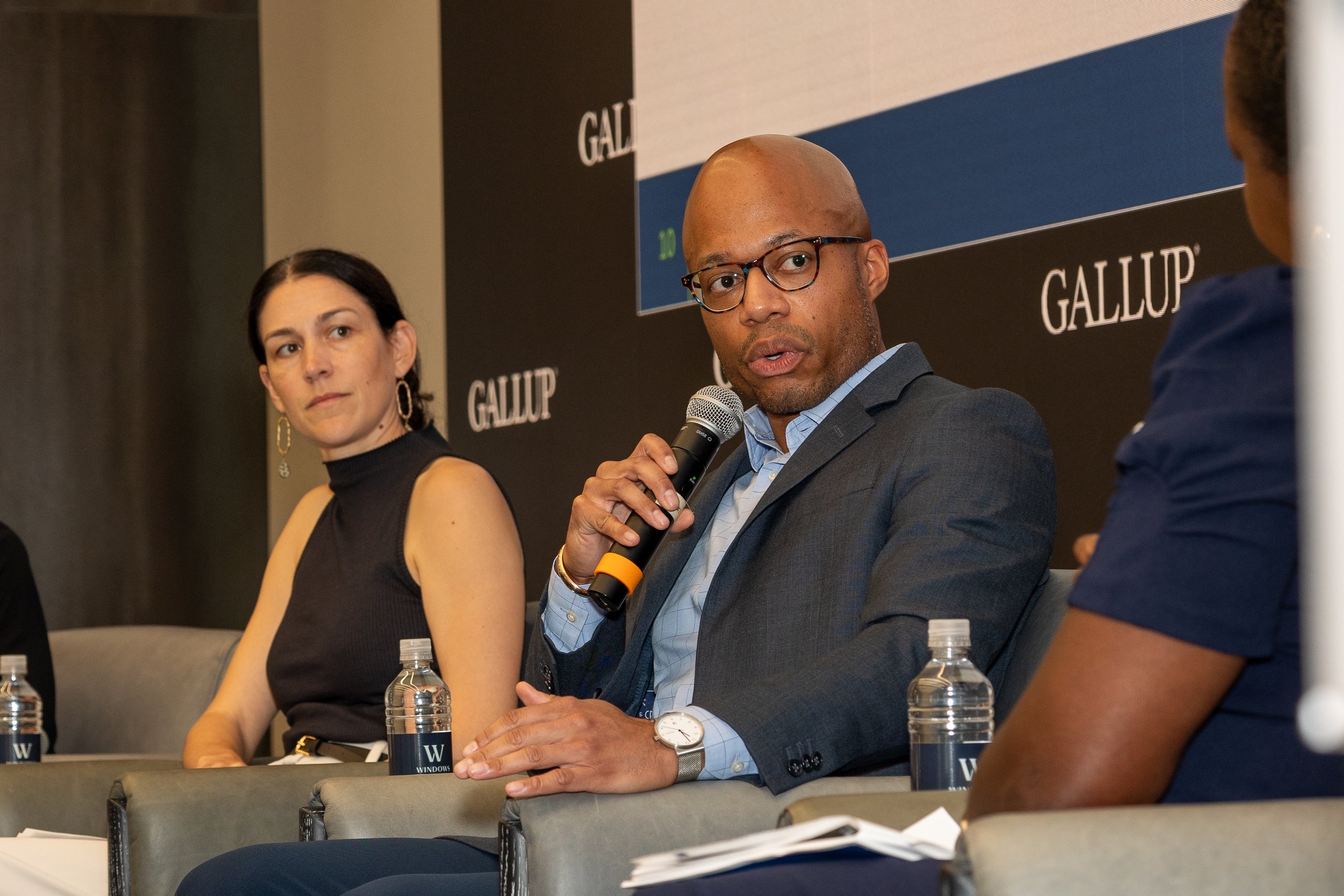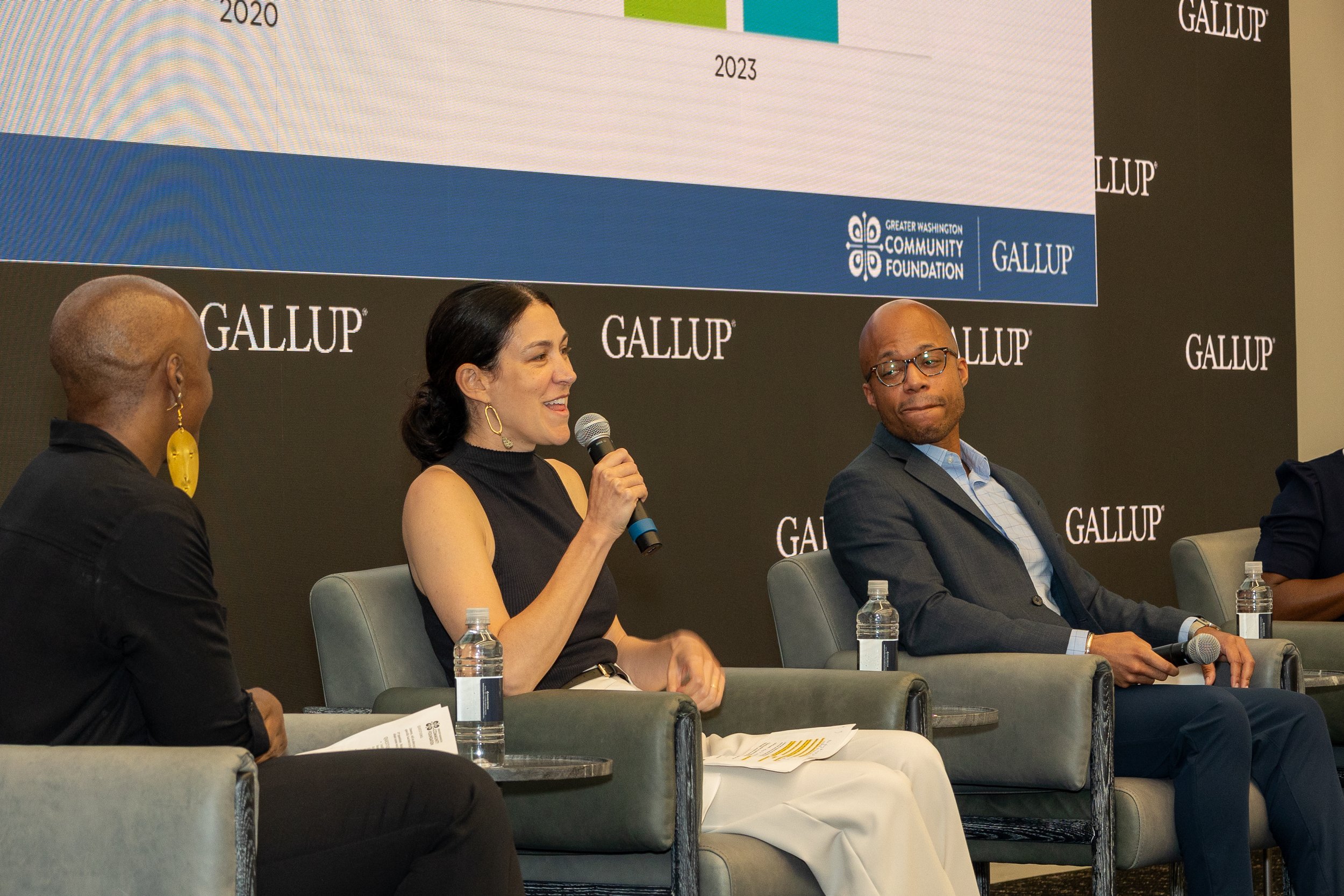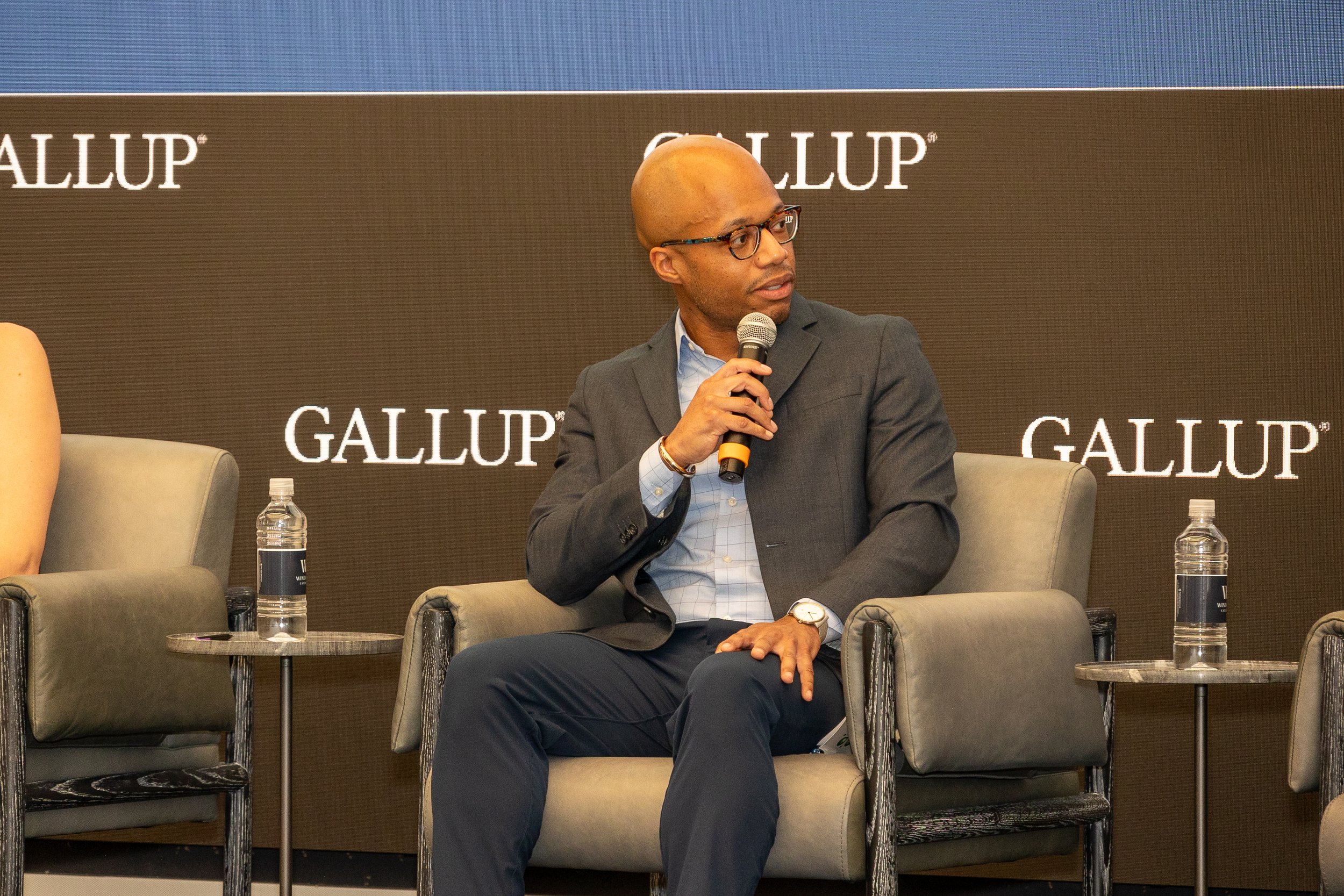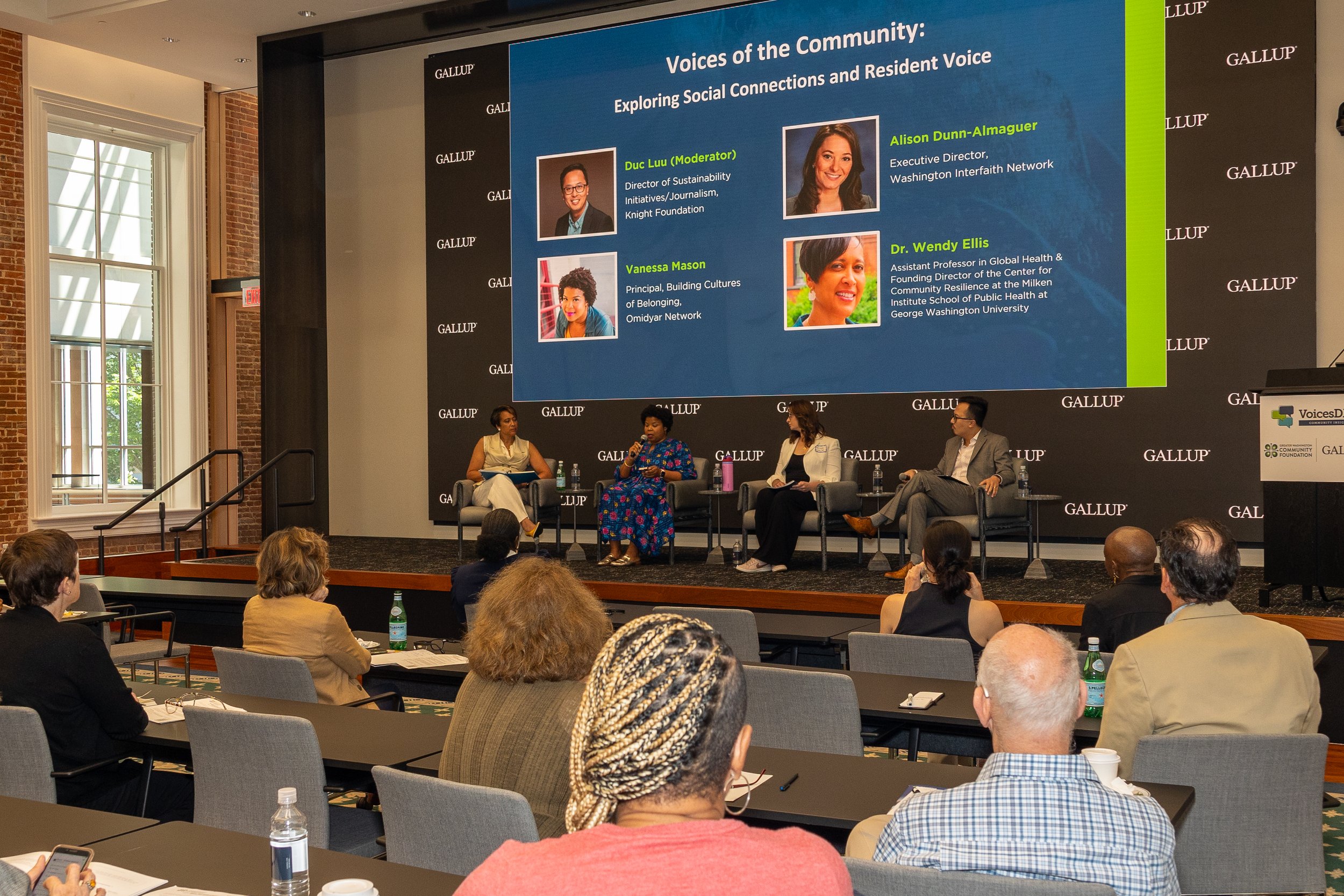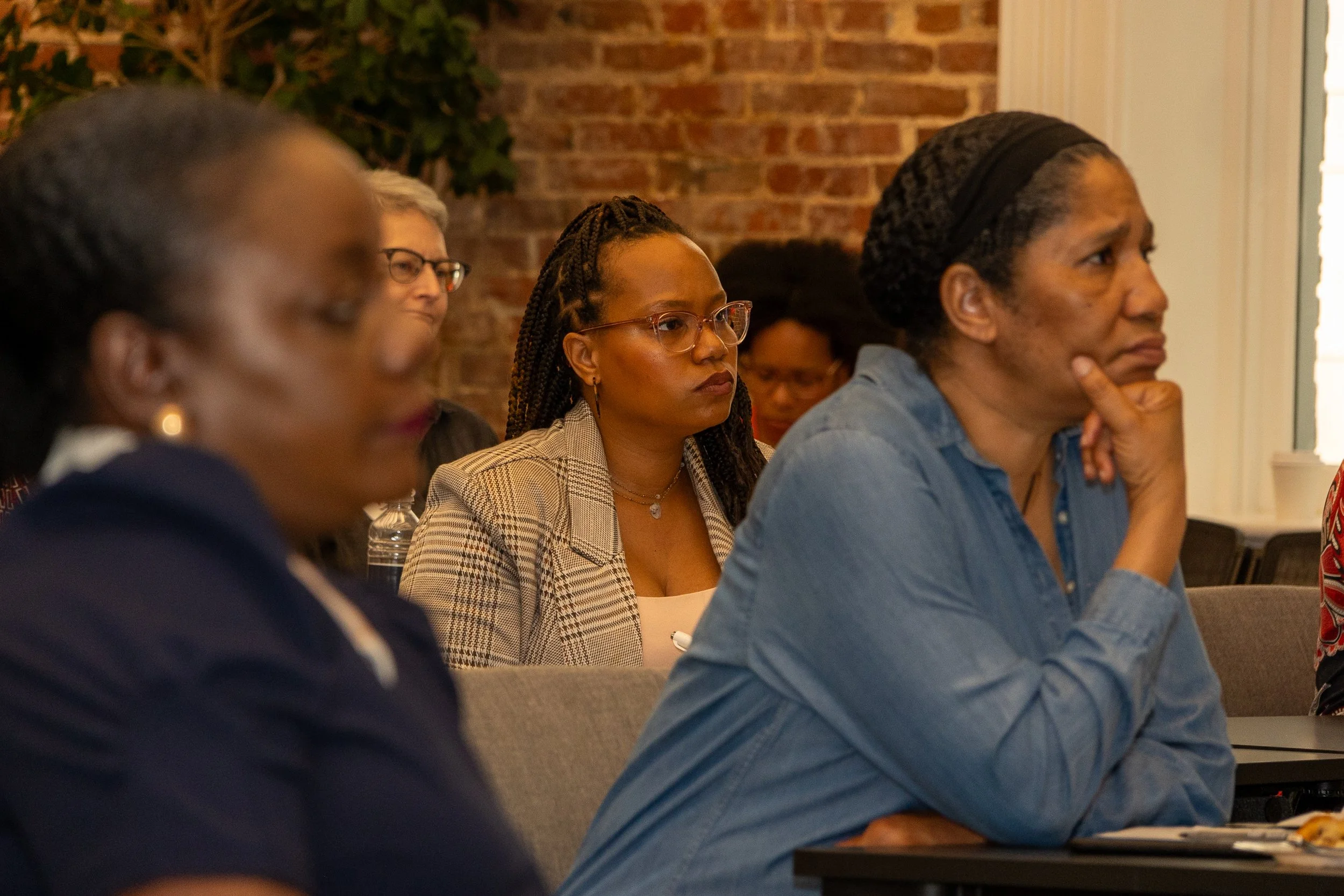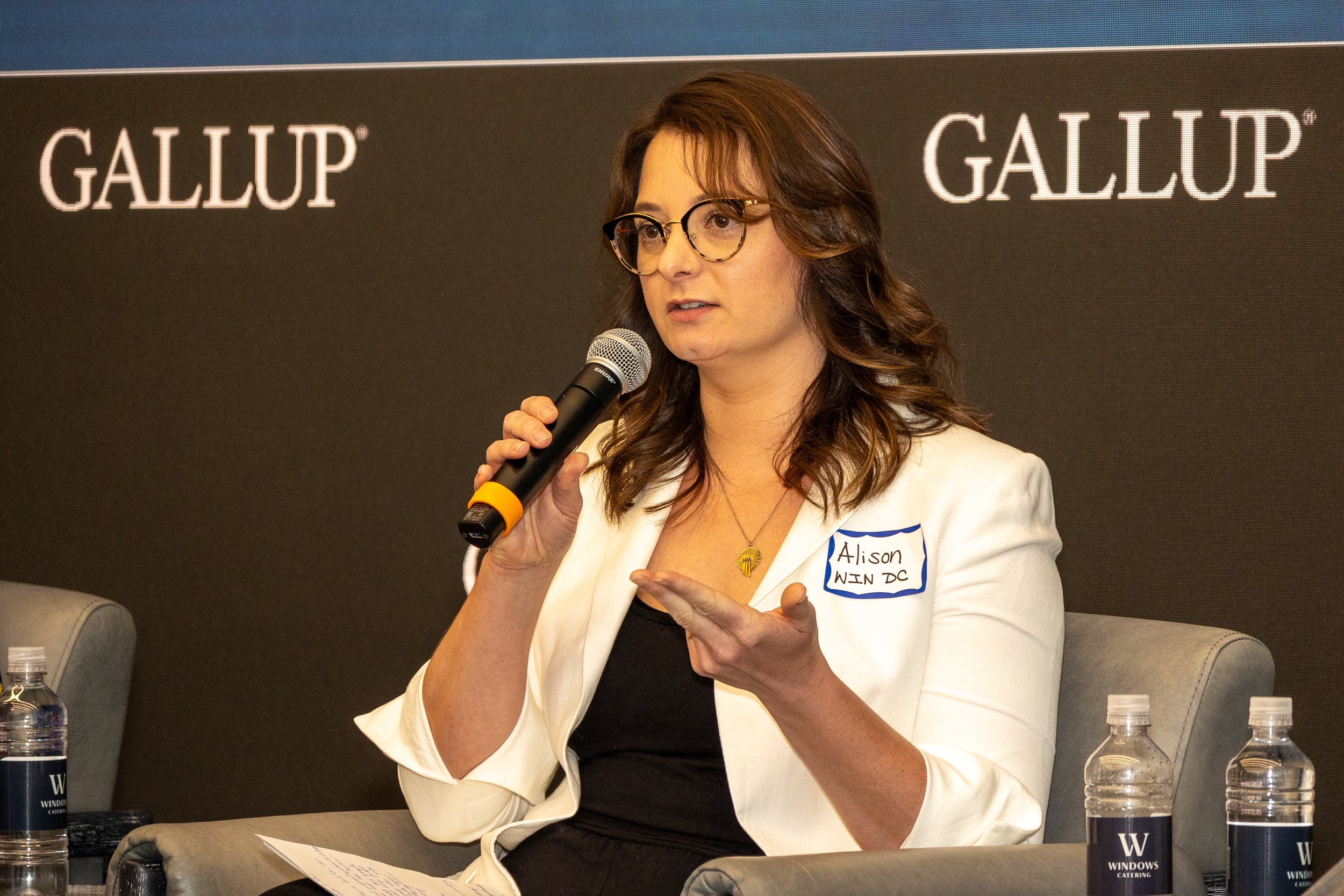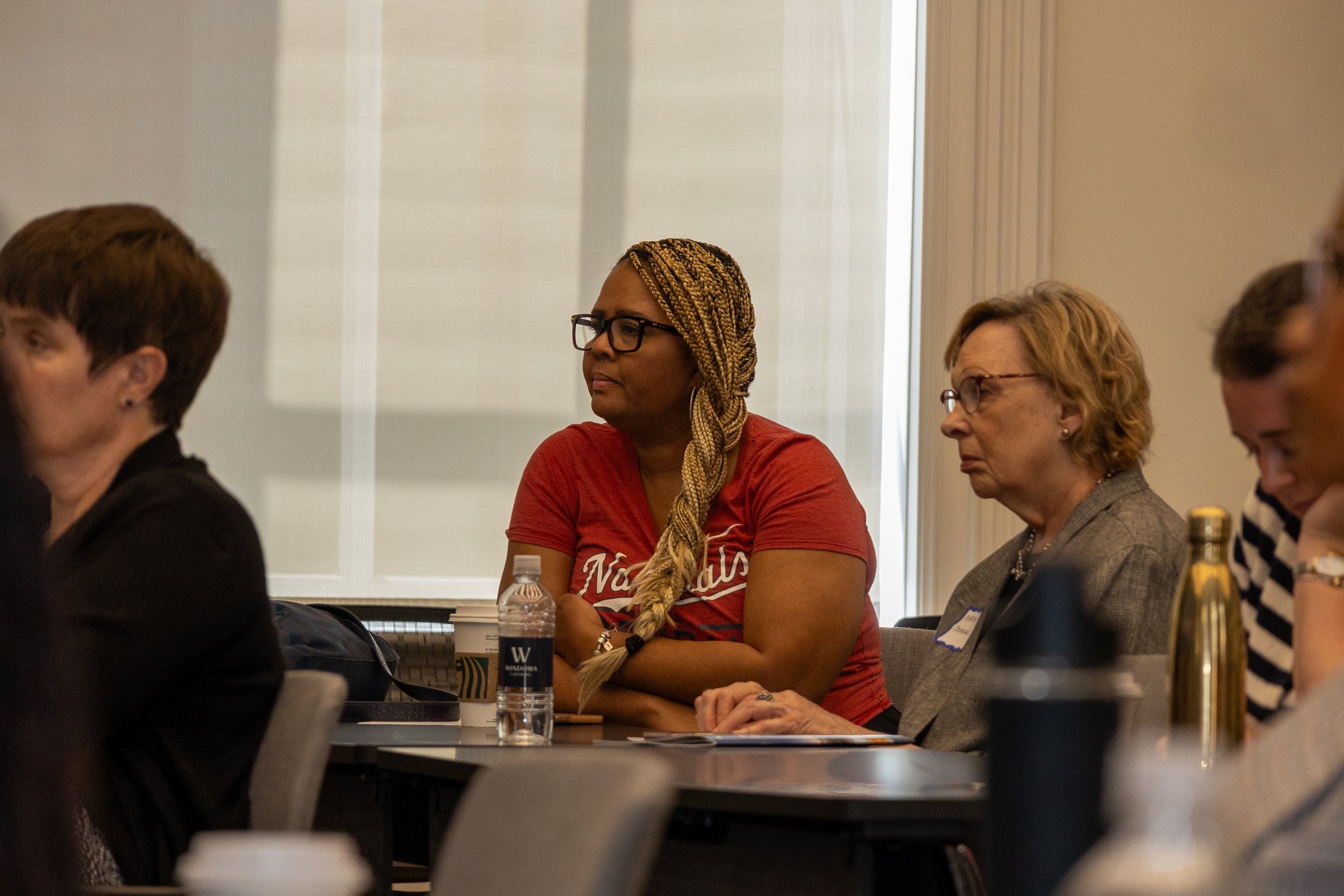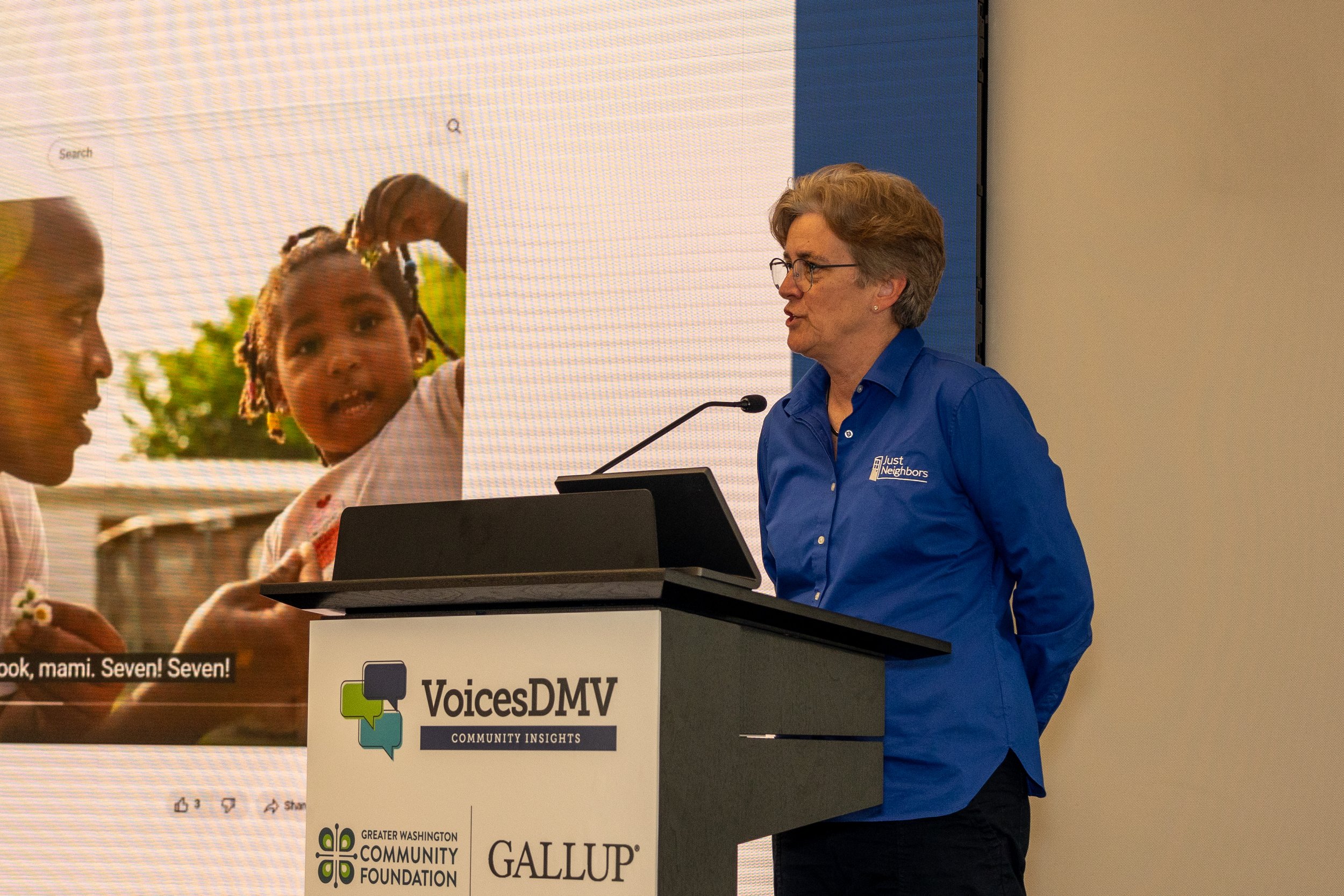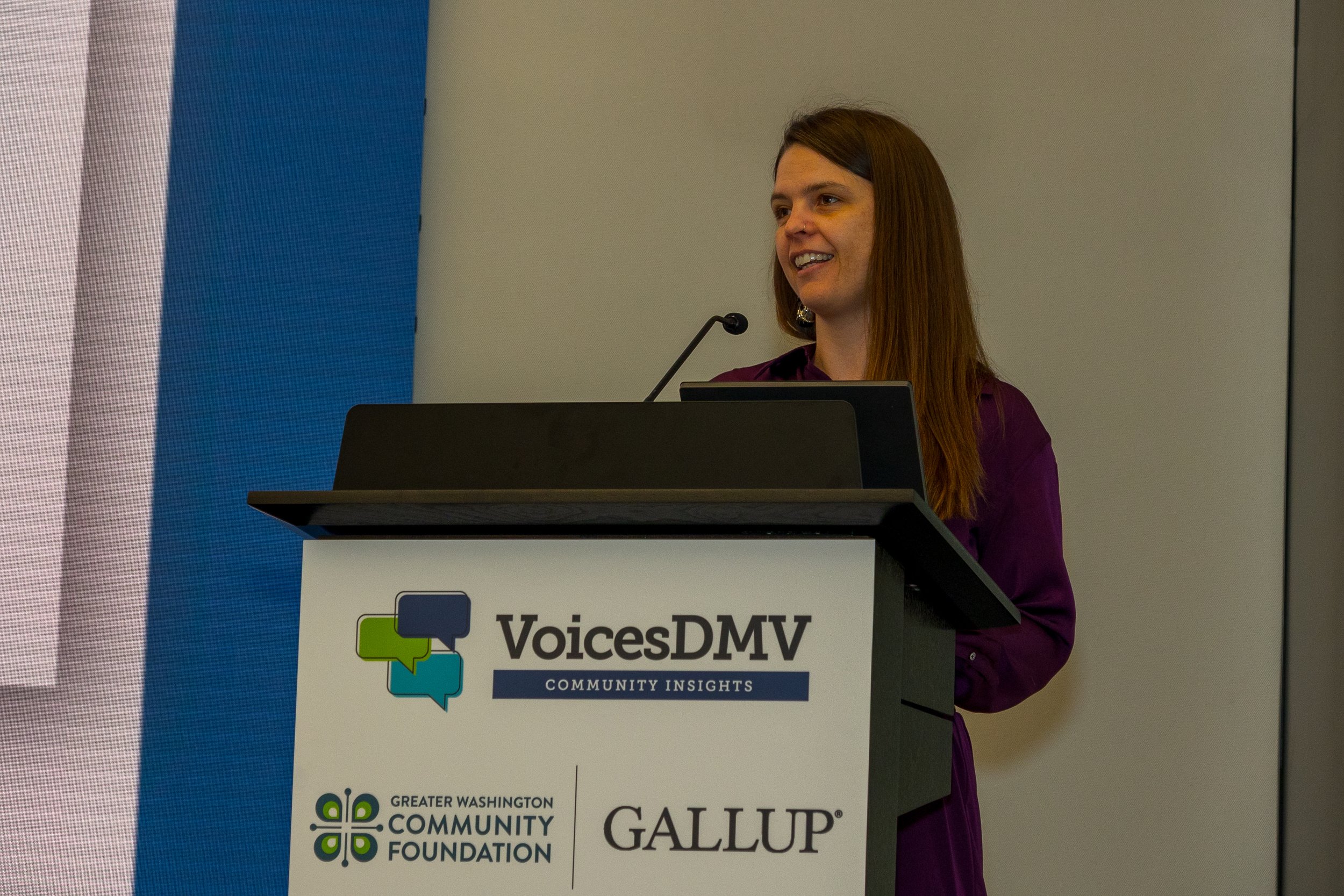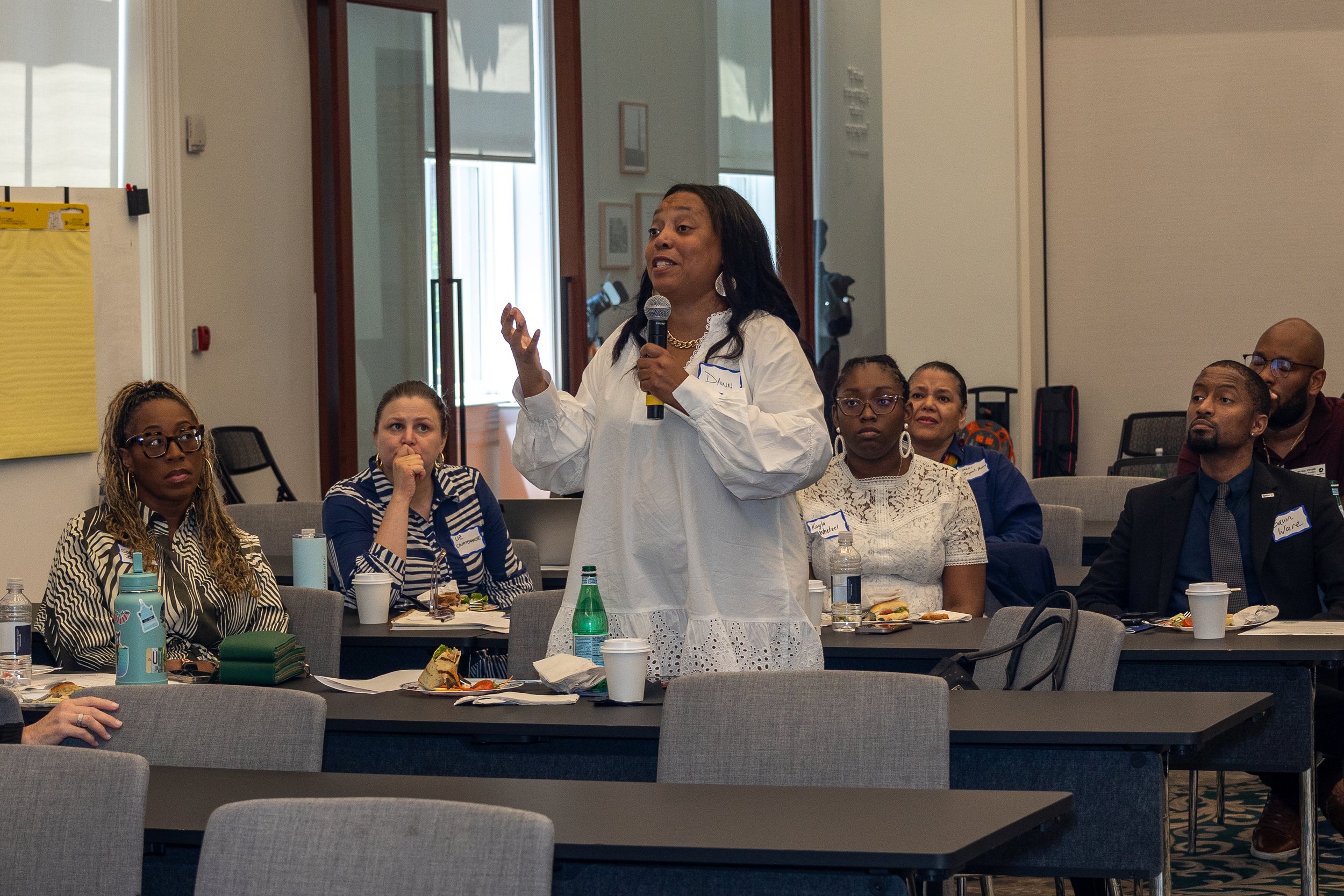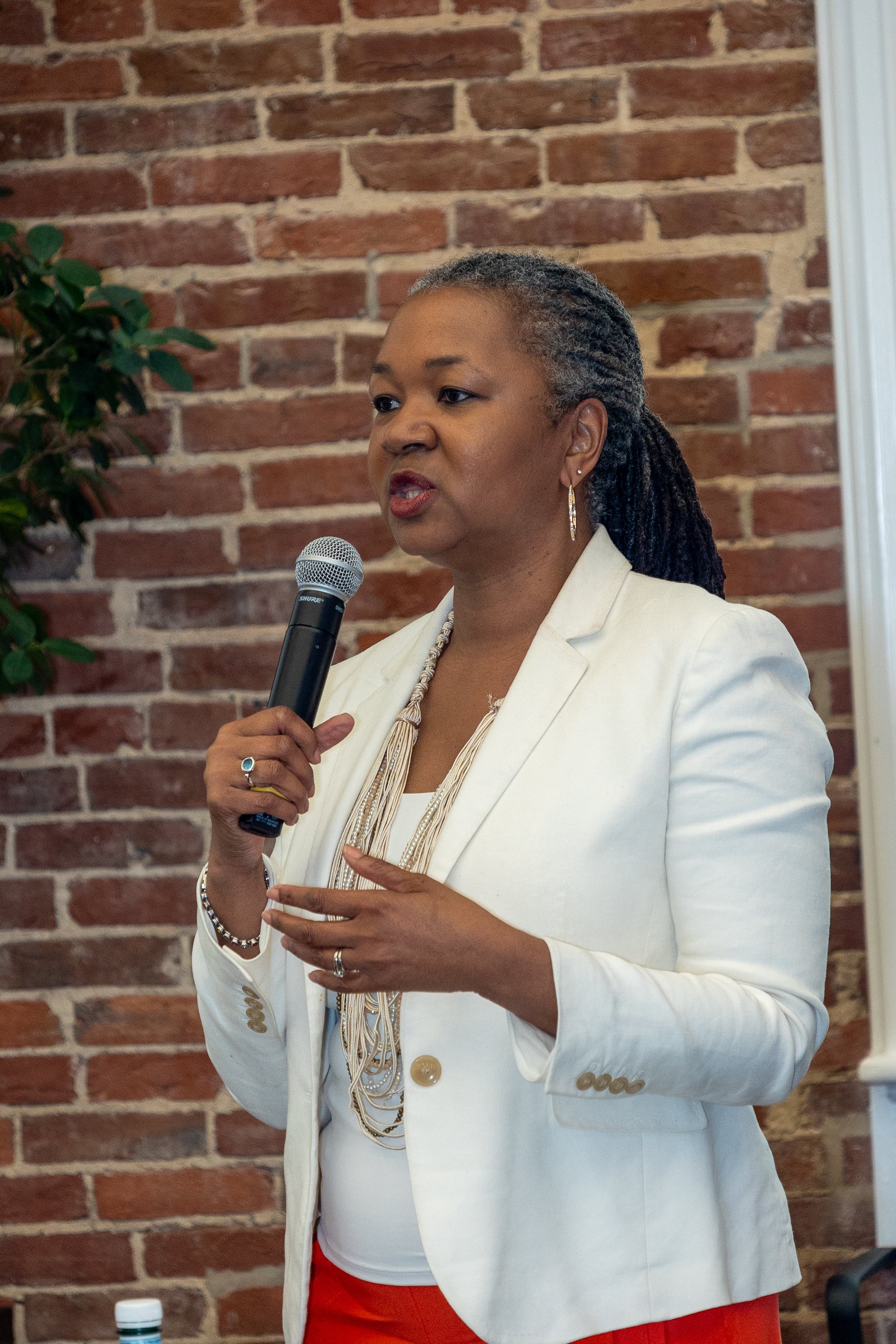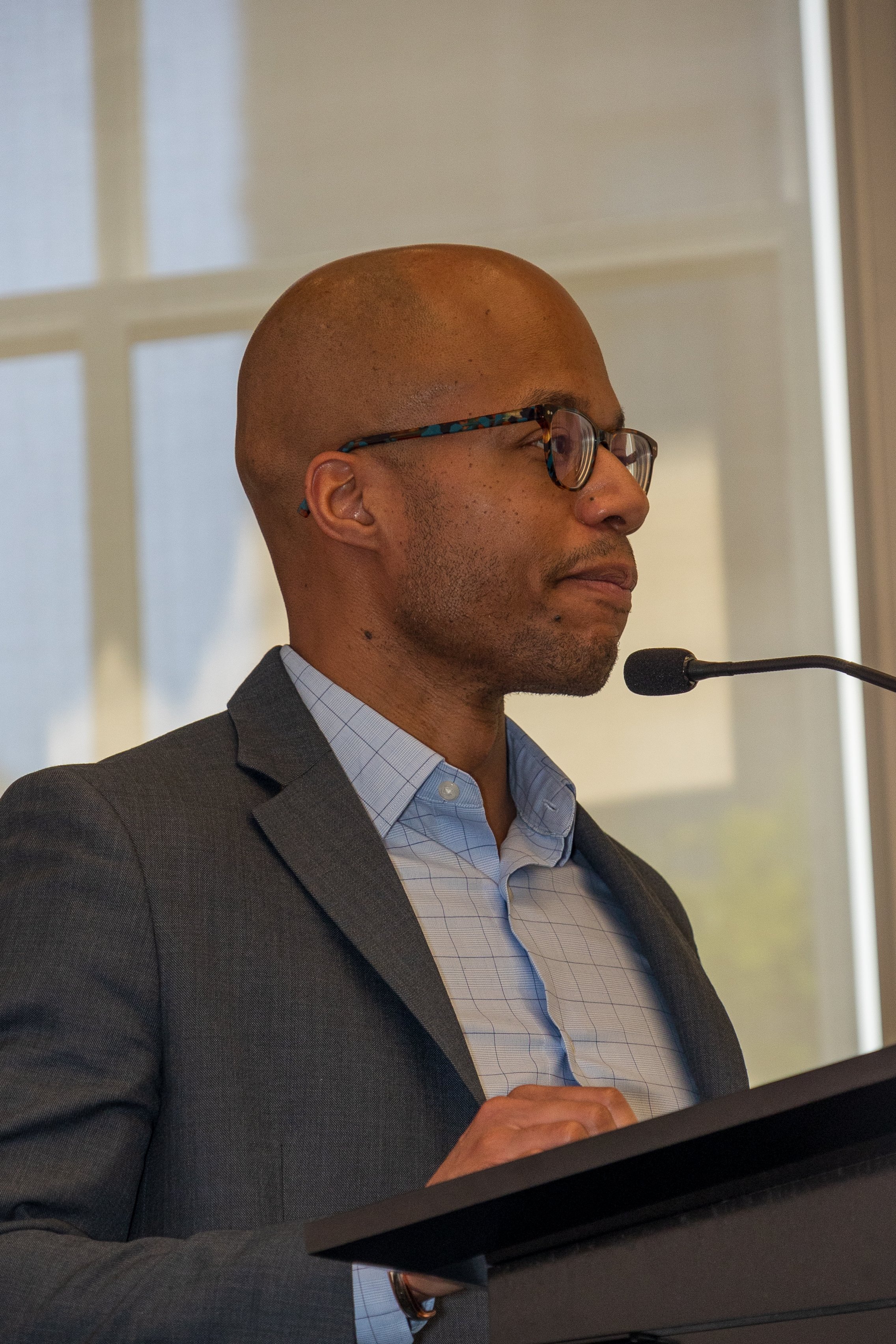The Community Foundation is excited to continue our Leaders of the Future series, highlighting the work and experiences of incredible individuals and organizations from across our community of philanthropic, community, professional advisor, corporate, and nonprofit partners.
Not the least of these are the incredible members of The Community Foundation’s Board of Trustees, who work tirelessly to champion and facilitate the work that we do. Lesley-Jane Dixon has served on The Community Foundation’s Board of Trustees since 2019 and will be completing her service on the Board at the end of this month.
From the early days of her career, Lesley-Jane Dixon was used to being one of the only women in the room.
A finance major who grew up in New Jersey, Lesley-Jane began her career at the epicenter of the global financial industry – the American Stock Exchange on Wall St.
“From the moment I saw the trading floor, I was completely and utterly hooked,” Lesley-Jane recalls, as she witnessed the hustle and bustle of traders, floor brokers, and market makers – mostly White men – conducting the trades that fuel the U.S. Economy.
Breaking the Glass Ceiling
Although the numbers have been steadily increasing over the years, Women on Wall St – and in most of the financial sector – are still in the minority. Studies show that just about a third of Certified Financial Planners (CFP) in the US are women – and even fewer (about 18%) are in financial leadership positions.
However, Lesley-Jane did not let that bother her as she spent three years at the Stock Exchange, another year at the investment giant Lehman Brothers, and a distinguished career at Lord, Abbett & Co – one of the oldest money management firms in the US – where she eventually became a portfolio manager and partner.
From Wall St to Main Street
In 2007, Lesley-Jane left her position at Lord, Abbett & Co in New Jersey and began a new career as Chief Investment Officer at Clark Enterprises – A private investment firm founded in 1972 to manage Clark family wealth.
While her new environment differed greatly from the Stock Market Floor, Lesley-Jane enjoyed working with the Clark family to guide their investment strategy and learn more about the Greater Washington region she now called home.
Before long, Lesley-Jane was introduced to The Community Foundation, joining the Montgomery County Advisory Board in 2016 and serving on the Sharing Montgomery grants committee.
“I have truly benefited from the unique perspective the Community Foundation has given me through ongoing education opportunities on the needs and priorities of the region, which mirror those of the nation,” Lesley-Jane shared. “I am forever grateful to the Community Foundation for opening my heart and eyes; my time on the board has been a profoundly transformational experience.”
Lesley-Jane with Anna Hargrave, Executive Director for Montgomery County; Marcus Braxton, Chief Operations Officer; and Juliana Mitrojorgji, Chief Financial Officer at the 2023 Annual Meeting.
In the Room Where it Happens
It didn’t take long for Lesley-Jane to catch the attention of fellow financial planner and advisory board member, Mary Pat Alcus who also served on the Board of Trustees as Chair of The Community Foundation’s Investment Committee. The Investment Committee is responsible for overseeing the management of the more than $500 million in assets under The Community Foundation’s purview. By 2019, Lesley-Jane was invited to join the Board of Trustees and the Investment Committee – which she would later Chair.
Within months, Lesley-Jane and Mary Pat helped onboard a new CEO – Tonia Wellons – the second Black Female CEO in the The Community Foundation’s history. Together, with Juliana Mitrojorgji – the organization’s Chief Financial Officer, The CommunityFoundation boasted an all-Female Investment Committee with a combined 75 years of investment, partnership, and financial management experience.
“What I love about working with a strong female leader like Tonia is that she spends more time listening than speaking. ” Lesley-Jane shared. “As an effective communicator, Tonia encourages diverse perspectives, is open to differing opinions and believes in collaboration. Her commitment to the vision and goals she has set for herself, the organization, and the staff contributes to a culture of respect and success.
Together, the women set out to reevaluate the organization’s investment strategy – eventually seeking out and onboarding a new Outsourced Chief Investment Officer (OCIO) to manage The Community Foundation’s assets and generate stronger returns for fundholders and the community. They also initiated annual onsite visits between The Community Foundation and the OCIO (SEI), to promote strategic alignment and greater transparency around investment priorities.
Lesley-Jane and the Investment Committee were also heavily involved in the adoption and implementation of The Community Foundation’s 10-Year Strategic Vision to close the racial wealth gap – particularly as it related to making socially and financially responsible investments to execute the organization’s goals.
“I thoroughly enjoy working with Tonia, Juliana, Rachel and The Community Foundation team,” Lesley-Jane shared. “They are passionate about what they do, bringing unique strengths, robust skills, and an unmatched dedication to advancing the organization’s mission and vision. Throughout my tenure, I’ve felt valued, appreciated, and part of the team, a rarity in the for-profit and nonprofit worlds. Tonia has built an enduring culture of inclusion and innovation, enabling her to attract and retain the best and the brightest. Spending time with them felt like my second home.
Supporting Strong Female Leaders Abroad
Zulnette Garcia Ramos, Executive Director of Albanisteria en la Brega - a nonprofit organization in Puerto Rico that Lesley-Jane advises through How Women Lead.
Lesley-Jane’s leadership impact goes beyond The Community Foundation. In 2023, she was invited to join the Board of Advisors for How Women Lead, a national nonprofit dedicated to helping women influence change in the workplace. (Jill Landefeld, fellow Community Foundation Trustee and member of the Investment Committee, is also a Board Member).
How Women Lead provides outlets for female executives to support women by activating individual and collective power to influence change through leadership advancement, investment, coaching and philanthropy.
Through one of the programs, Lesley-Jane has worked with nonprofit leaders in Puerto Rico and Kenya – helping to support women as they build organizations providing much needed services from access to school libraries to support for victims of domestic violence.
When asked what she enjoys most about the program, Lesley-Jane shared that she enjoys seeing women empowered to change their community and become examples of leadership that future female leaders can follow.
“When we uplift one another, we create networks of encouragement and collaboration that can break down systemic barriers that limit potential,” Lesley-Jane concluded. “Moreover, women supporting each other sets a powerful example for future generations, inspiring them to carry forward the legacy of unity.”
“Strong female leaders can drive positive change and make significant improvements --Not just to an organization, but to a whole community!”




















































